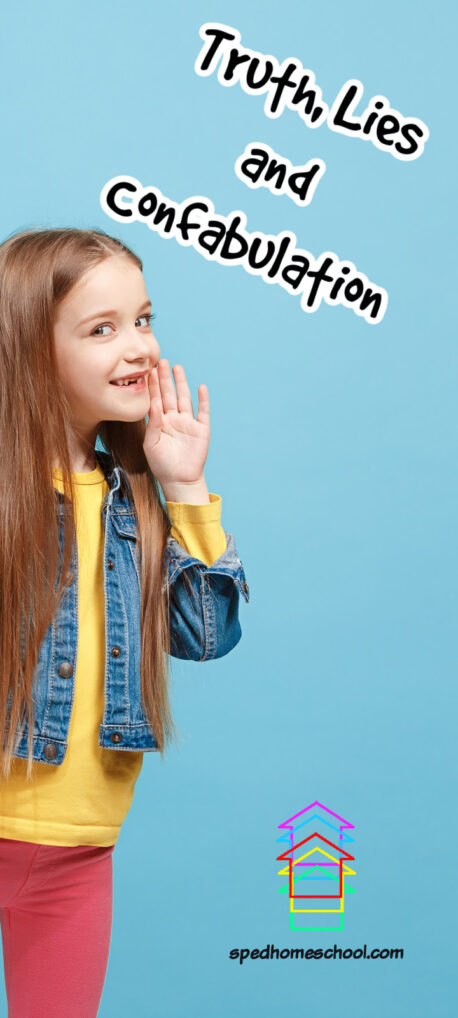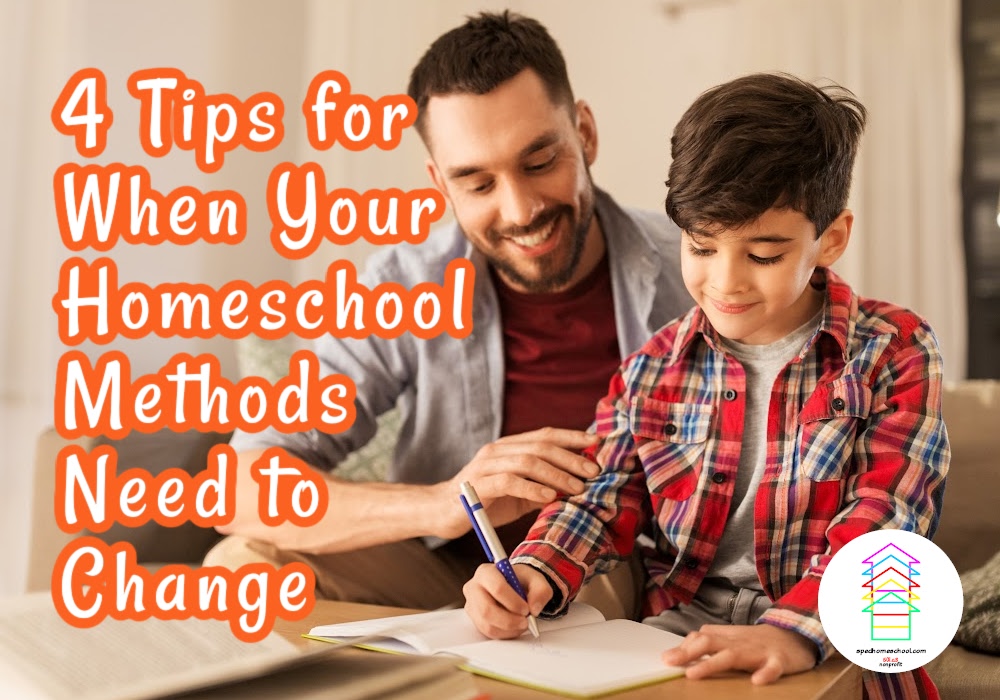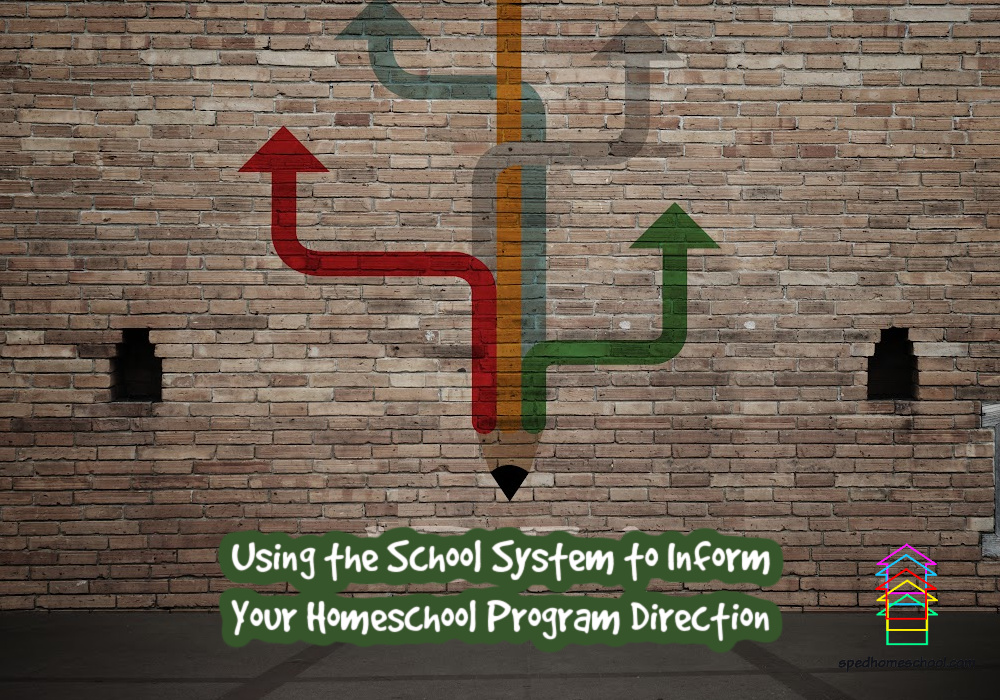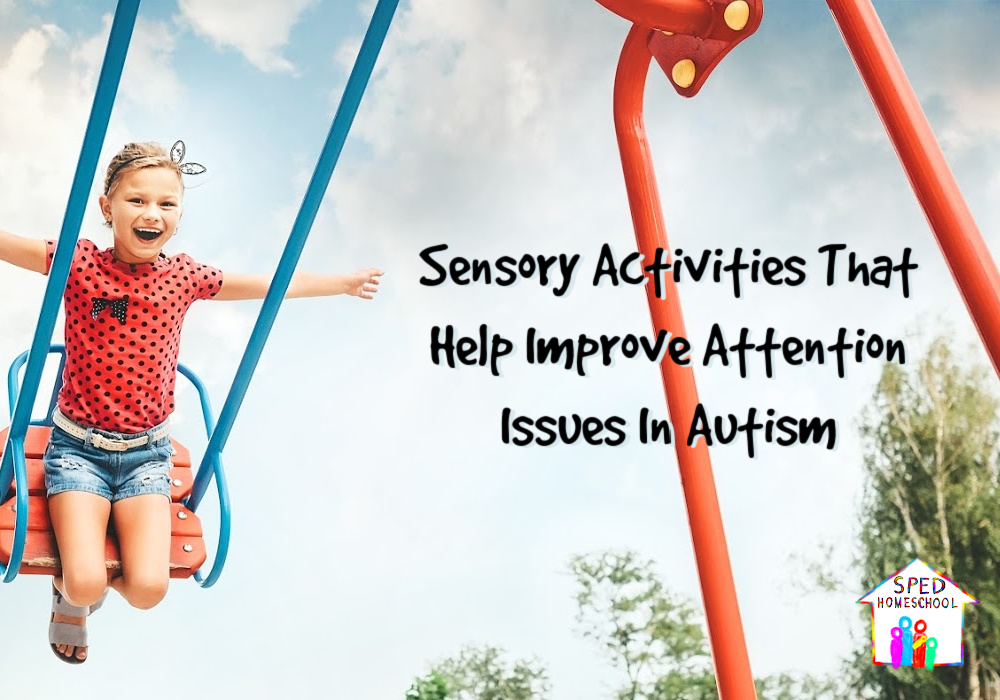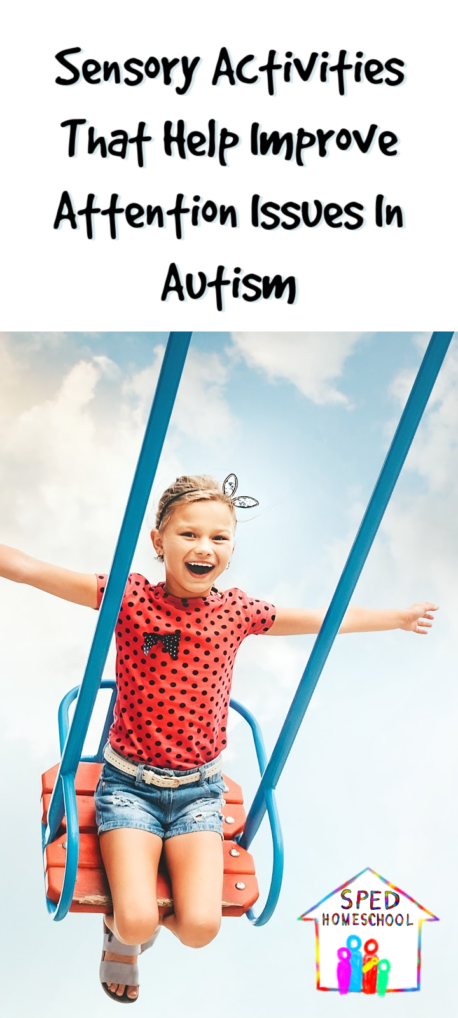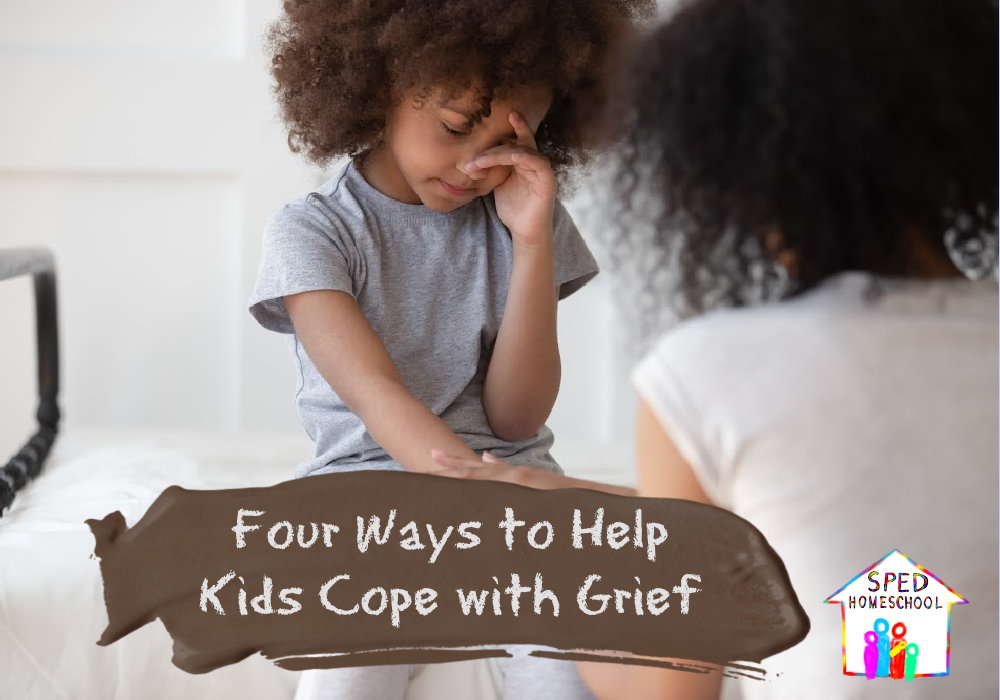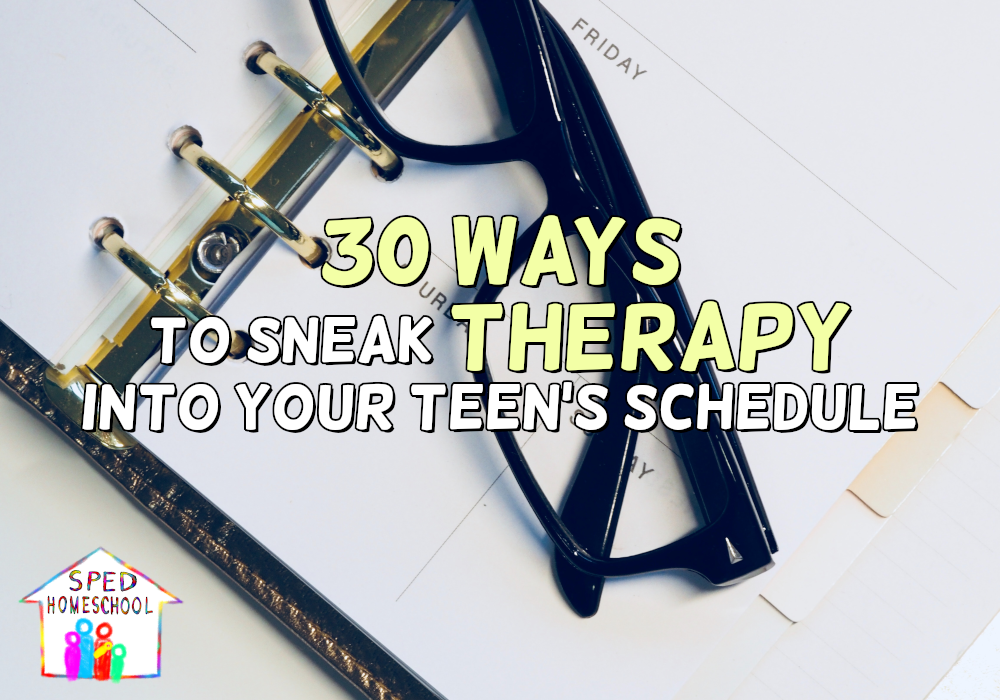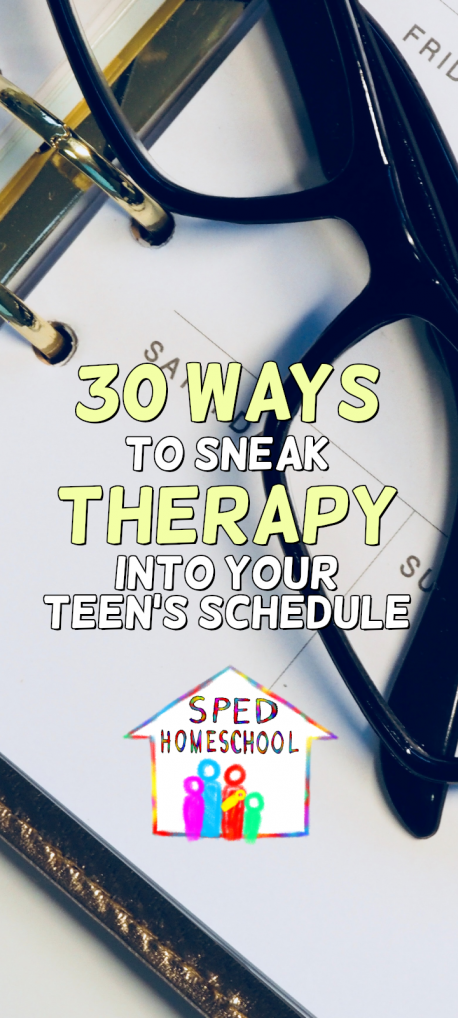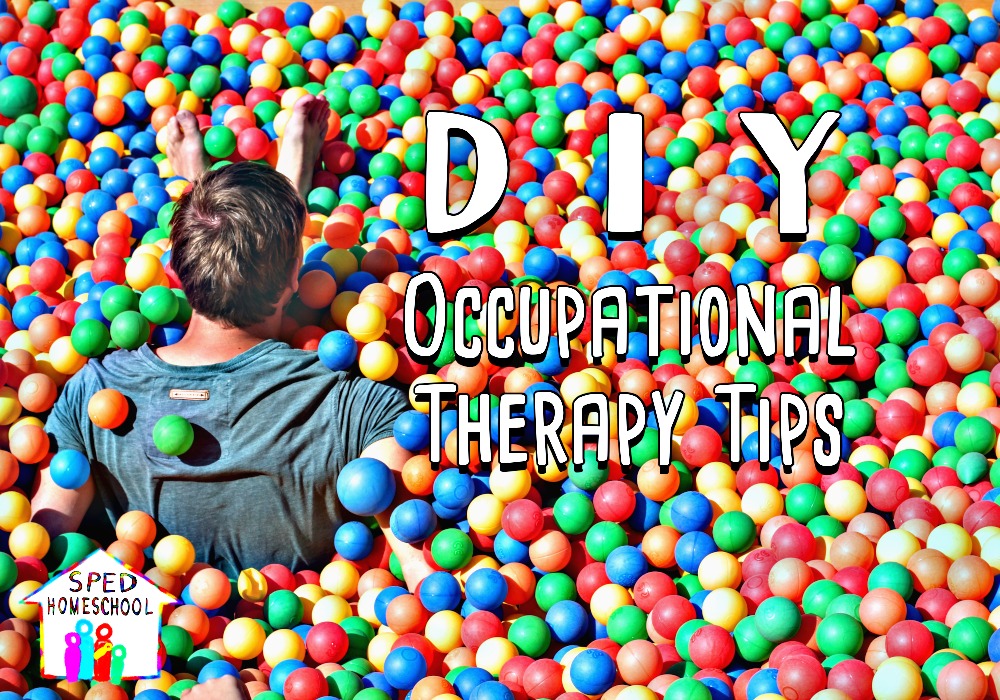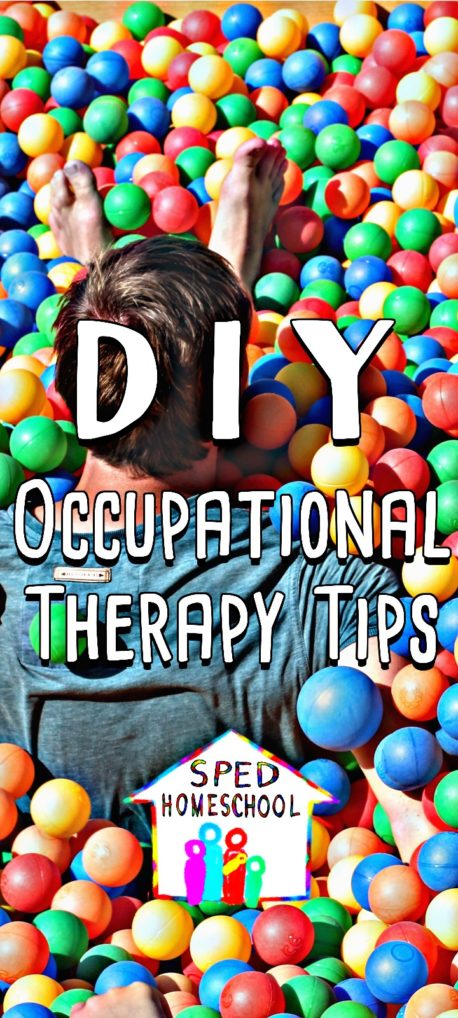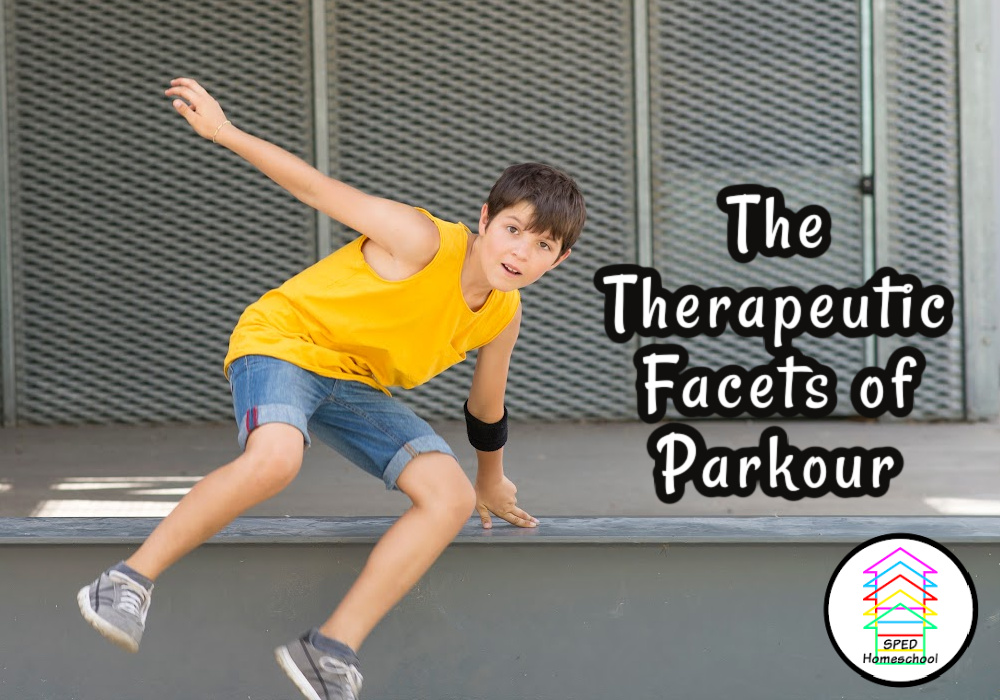
You’ve probably seen the scene from “The Office” where Michael, Dwight, and Andy run around the office jumping on things. That’s exactly what a lot of people think of when they see or hear the word parkour. But the truth is parkour is actually the discipline of learning to overcome challenges and become better every day and it is an incredible form of alternative therapy. I have seen a student come in with little to no control of impulses and within weeks of learning to balance and jump with control show improvement with impulse control as much as 70%. I love seeing children come in with special challenges, including dyspraxia and other circumstances which make their balance worse than other children. Because parkour is about overcoming challenges, their special needs become a part of the training instead of a hindrance. This is why parkour is such a valuable addition as an alternative therapy to a child’s development. Furthermore, as a child learns to move over, under, and through obstacles like a ninja they also begin to develop awareness, self-control, creativity and more character qualities.
Self-Awareness
Parkour, when taught in a systematic way that promotes safety, helps children learn to think before they move and to move on purpose, not haphazardly. For students with lack of awareness beyond their immediate bubble this is an incredible way to develop the ability to think about others and how their actions will affect others. It helps children develop critical thinking skills as they pick challenges they want to overcome and then break it down into bite sized steps and skills that can be progressively worked towards and achieved until one day the bigger challenge can be successfully completed. This is especially helpful for children who get frustrated easily and default to giving up instead of choosing to demonstrate grit and push through hard things. Another benefit of parkour is the opportunity it gives for autonomy. In parkour, students are encouraged to create their own path. There are no rules of performance like in gymnastics, instead what is good movement is based on each individual participant. Questions such as “How much impact did you feel when you landed?”, “How quiet was your landing?”, “How could you make that movement smoother?”, “What path would be faster?” help a child individually assess how they are doing with their movement and how they would like to make it a little better next time. Approaching a movement like this promotes critical thinking while allowing a child to have autonomy in their movement and what they believe would make their movement smoother, faster, and or more creative. Because parkour is a discipline and not a sport, it allows individuals to advance at their own pace and enjoy the learning process. This is especially beneficial for children who view the world differently and want an opportunity to explore and express how they see things.
Impulse Control
Another benefit of parkour for students who struggle with impulse control is the opportunity it provides for immediate feedback about movement. For example, when a child is balancing on a curb, if they stop focusing, they will have an immediate feedback of the results from their lack of focusing by falling off the curb. If while on the curb a child begins to swing their hands wildly, they will have an immediate feedback of how that movement affects their balance because the momentum from the hands will throw off their balance and cause them to fall off the curb. For a child to become better at balance, they will have to learn first with guidance from a mentor and eventually, through self-assessment, what they can adjust to keep from falling off the curb. In this situation, choosing to focus or hold their hands still will help. Once a child learns how to control themself on a curb, they can then take those principles, self-assessment tips, and awareness into other parkour challenges and even life.
While parkour presents a wonderful opportunity for children to develop creativity, impulse control, and critical thinking skills, it is very important that you, as the parent, help guide your child’s parkour journey in a path that promotes safety. Unfortunately, many YouTube videos have made quite popular the idea of kids jumping around on things randomly with little regard for the consequences of their behavior, to themself and or the property they are jumping on. As a parent, you can guide your child to in person or online classes that help your child build a foundation in parkour that promotes safety and character development. A program that emphasizes the parkour mindset over random movements here and there is a great way to guide your kid’s parkour journey. Once your child builds a strong foundation with parkour, then the sky’s the limit as they continue practicing, becoming stronger, and honing their skills every time they practice.
Hannah Waddle is the Founder of the Online Parkour School and began parkour in 2015. She immediately fell in love with the opportunity for creativity and overcoming challenges. She has spent numerous hours training locally, nationally, and internationally. She is one of the four females in the United States of America to pass the grueling assessments (physical, written, and coaching elements) and complete her ADAPT Level 2 parkour coaching certificate!
After teaching in the public school system for 6 years, she left and now focuses on helping kids learn parkour with an emphasis on safety and character development.
Online Parkour School – Facebook
@onlineparkourschool – Instagram

